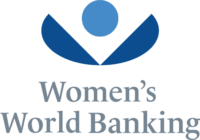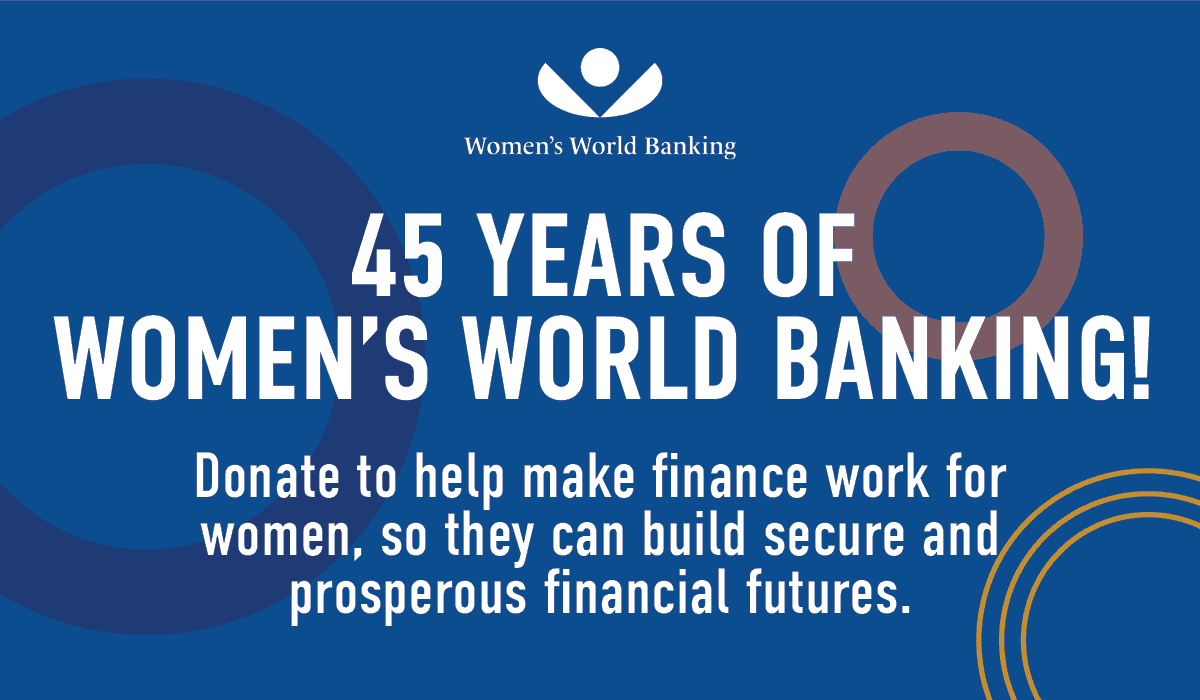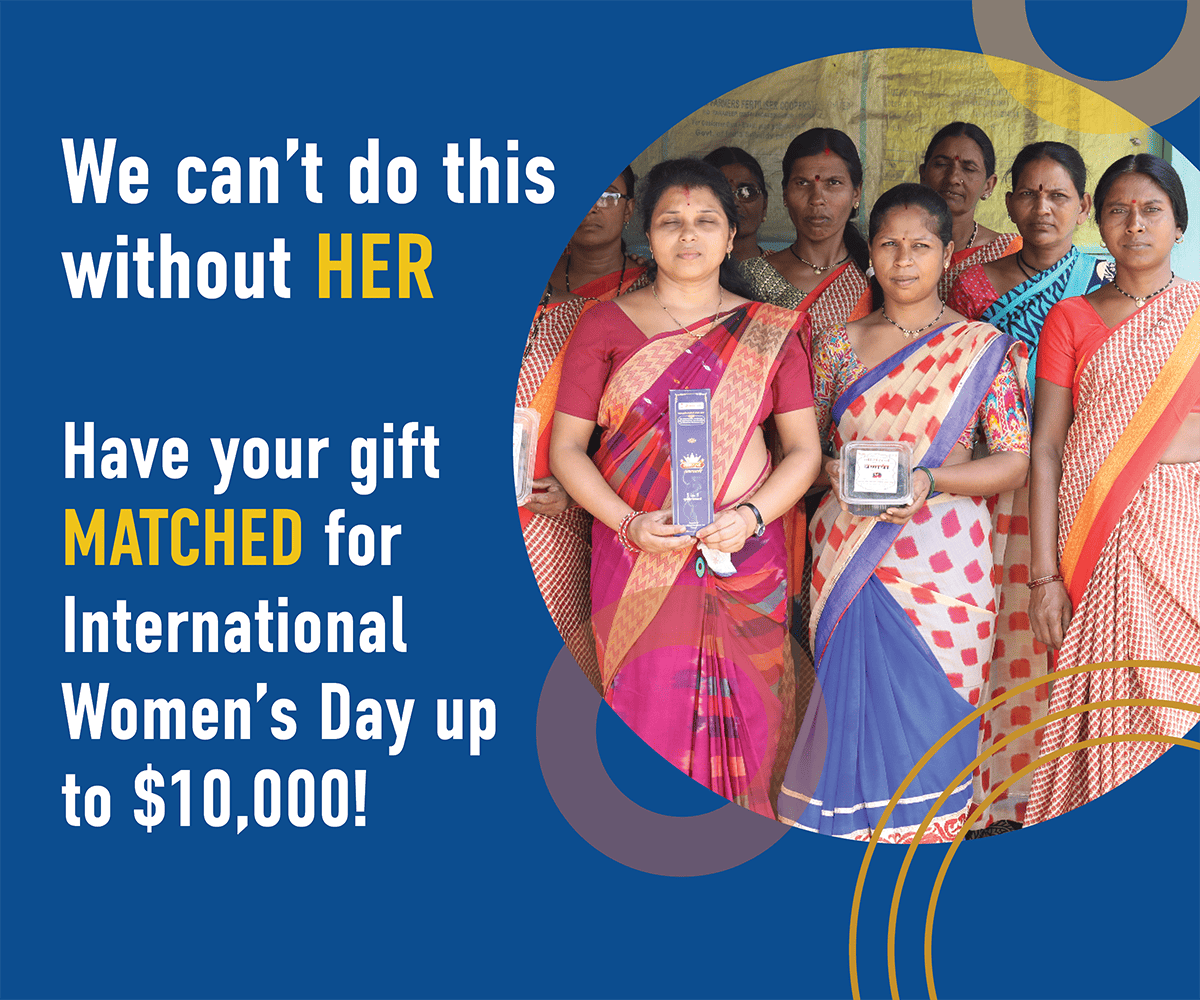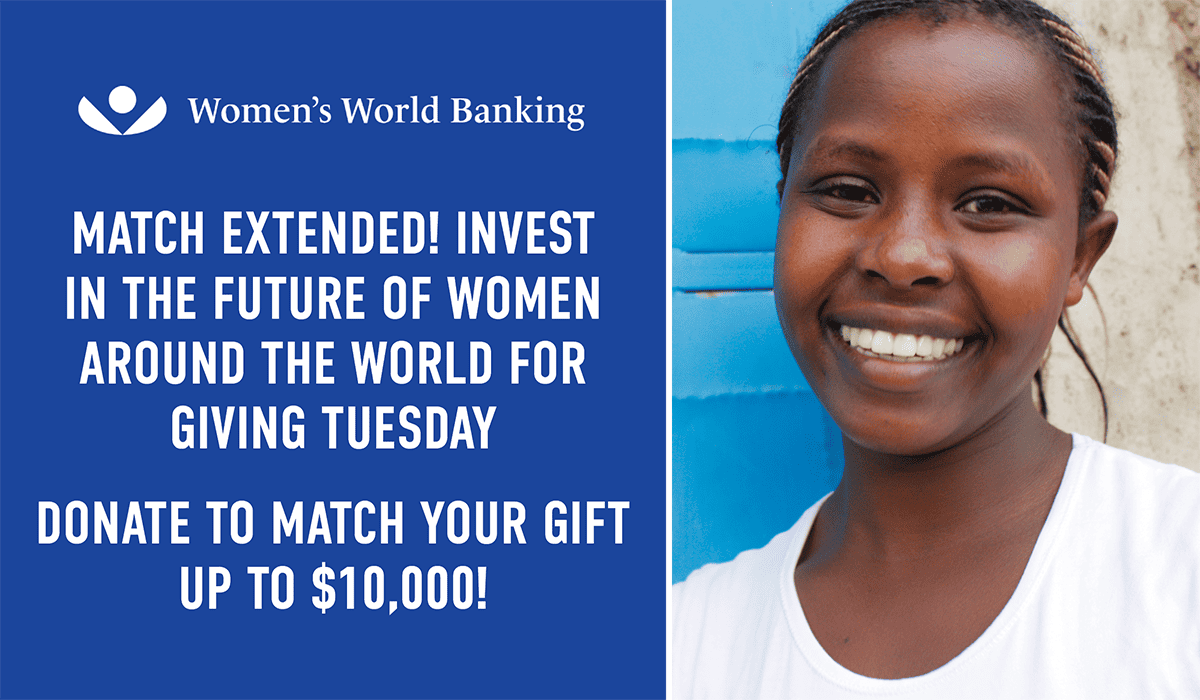Despite making up one-third of all formal MSMEs, women-led businesses in developing countries face a credit deficit of nearly $1.5 trillion. There is a mismatch: despite the large number of women-led microbusinesses, they are often not discoverable to lenders. This customer segment is at the bottom of the lending funnel, and even the best marketing intent of financial services providers (FSPs) may not effectively reach them. Bias against creditworthy applicants—particularly women—can lead to unjust rejections, costing financial institutions valuable customers. Addressing this crucial underserved market through fair lending opens a significant business opportunity for FSPs, diversifying revenue lines and developing a loyal customer base.
Women tend to be better borrowers. Their loan repayment rates are consistently high and often surpass those of men. The sheer market size of women-owned businesses makes a clear business case for lending to women, offering FSPs a substantial, reliable customer base that drives both portfolio growth and profitability. Traditional lending models are insufficient; instead, innovative approaches that cater to women’s unique challenges are needed.
Gender Fairness Addresses Missed Business Opportunities
A challenge women face in accessing credit is an unconscious human or algorithmic bias in the lending process, which may result in unequal treatment of an individual during credit approval, interest rate determination, or other credit-related terms. Advanced statistical methods and machine learning can detect these biases, helping FSPs correct unfair rejections and ensuring that more creditworthy women gain access to loans.
Gender fairness in credit assessment means assessing individuals based on their financial ability rather than stereotypes. Since women’s financial needs differ from men’s, FSPs should design their products and processes to be more inclusive. A gender-fair approach increases customer engagement and product usage among both genders.
By adopting this principle, FSPs create a fair credit environment and tap into a market of loyal, trustworthy borrowers. At Women’s World Banking, we’ve seen portfolio companies with more than 50% female clients grow 1.5 times faster than those with fewer women clients. Women are also more likely to recommend financial products to their networks. For instance, a pilot program in Pakistan between Jazz, Unilever, and Women’s World Banking showed that products designed with women in mind led to increased engagement and doubled the likelihood of women referring the product to others.
Building Gender-Fair Lending Portfolios
To unlock the potential of women borrowers, Women’s World Banking studied data and customer insights to develop specific opportunities for FSPs across India, Mexico, and Nigeria to make their lending portfolio gender fair, through generous support from PayPal. Here’s what we found:
- Design Relevant Loans for Women Customers: Very few products today are designed keeping women customers’ specific needs in mind. In our work with two Indian FSPs, we found that women often don’t apply for loans because the loan amounts and collateral requirements are too high. Smaller, collateral-free loans are particularly important for women who are new to credit or launching a business. Lenders must welcome women with tailored loan offerings.
Arthan Finance is a new non-banking finance company in India. It aims to increase women’s share of its loan portfolio from 14% to 30% over the next two to three years. It has launched collateral-free, small-ticket loans targeting women Farmer Producer Organizations in the state of Odisha. In this pilot, Arthan Finance will reach over 1000 women, thereby addressing an untapped market. Annapurna Finance, with just 8% women customers and 17% of its portfolio comprising new-to-credit women, is piloting a smaller, collateral-free loan to attract more women entrepreneurs who are new to credit. The initiative offers a women-centric proposition that includes rate discounts and tailored underwriting criteria to encourage women-led MSMEs to formalise their businesses and benefit from registration. - Make Marketing and Outreach Gender Fair: Reaching women customers requires different marketing channels and strategies. Messaging that speaks directly to women’s experiences and needs and marketing campaigns that specifically target and welcome them can increase the number of loan applicants.
Lendingkart, for example, sees less than 10% of women applicants at the top of the funnel. To address this, it introduced a women-centric offering that includes discounts on processing fees and a free financial health report, complemented by a targeted digital marketing campaign. Additionally, its sales team underwent gender sensitisation training to improve proactive and transparent communication with women borrowers. Similarly, Bike Bazaar has launched a targeted campaign for women living in urban Indian cities, aimed at reaching and engaging with them directly via distribution points and institutional partnerships. - Simplify the Lending Process: The loan application process can be daunting for women, particularly when it involves extensive documentation or collateral that they may not have. Many women drop off at various stages of the process due to these complexities. Simple changes to the application and sales/IT process can make it easy for her to complete application forms and communicate effectively with loan officers, thereby reducing drop-offs.
Nigeria’s women’s entrepreneurship landscape is more mature than other developing economies. Their financing needs are, hence, at a higher level compared to, say, women entrepreneurs in India. To address this market effectively, Polaris Bank in Nigeria has enhanced its app to streamline credit processes that ensure greater efficiency and reduced drop-offs. The bank also offers higher loan sizes (as against smaller loan tickets which work better in other markets) to women entrepreneurs. This is an important tailored solution that serves different women entrepreneurs who may be at different stages of financial needs. - Apply Reject Inference Bias Algorithms: Reject inference is a technique that helps FSPs refine their credit assessment processes without major disruptions. In markets with heavy competition, rejecting potential customers due to unconscious bias can lead to increased acquisition costs. Erroneous rejections, which deny credit to deserving applicants and result in losing potential customers, are therefore particularly expensive to FSPs operating in competitive settings. Reject inference techniques are simple, and yet effective. Integrating matching algorithms like propensity score matching with ML models presents a robust method for identifying creditworthy applicants mistakenly rejected due to biases or errors. Counterfactual correction offers clear, human-understandable explanations for automated decisions, especially useful in credit assessments. By identifying the specific attributes that affect credit decisions, it provides actionable feedback to applicants on improving their future creditworthiness.
Mexico’s second-largest bank, Banco Anonimo, has 48% women customers and intends to grow and sustain healthy credit portfolios. It is utilising our reject inference techniques to reduce the disproportionately high “false negative” rate through the credit algorithm for women loan applicants.
FSPs should capitalize on the under-tapped women’s market and add to its bottom line by adopting an equitable approach through a gender-fair design while contributing to women’s financial inclusion.



